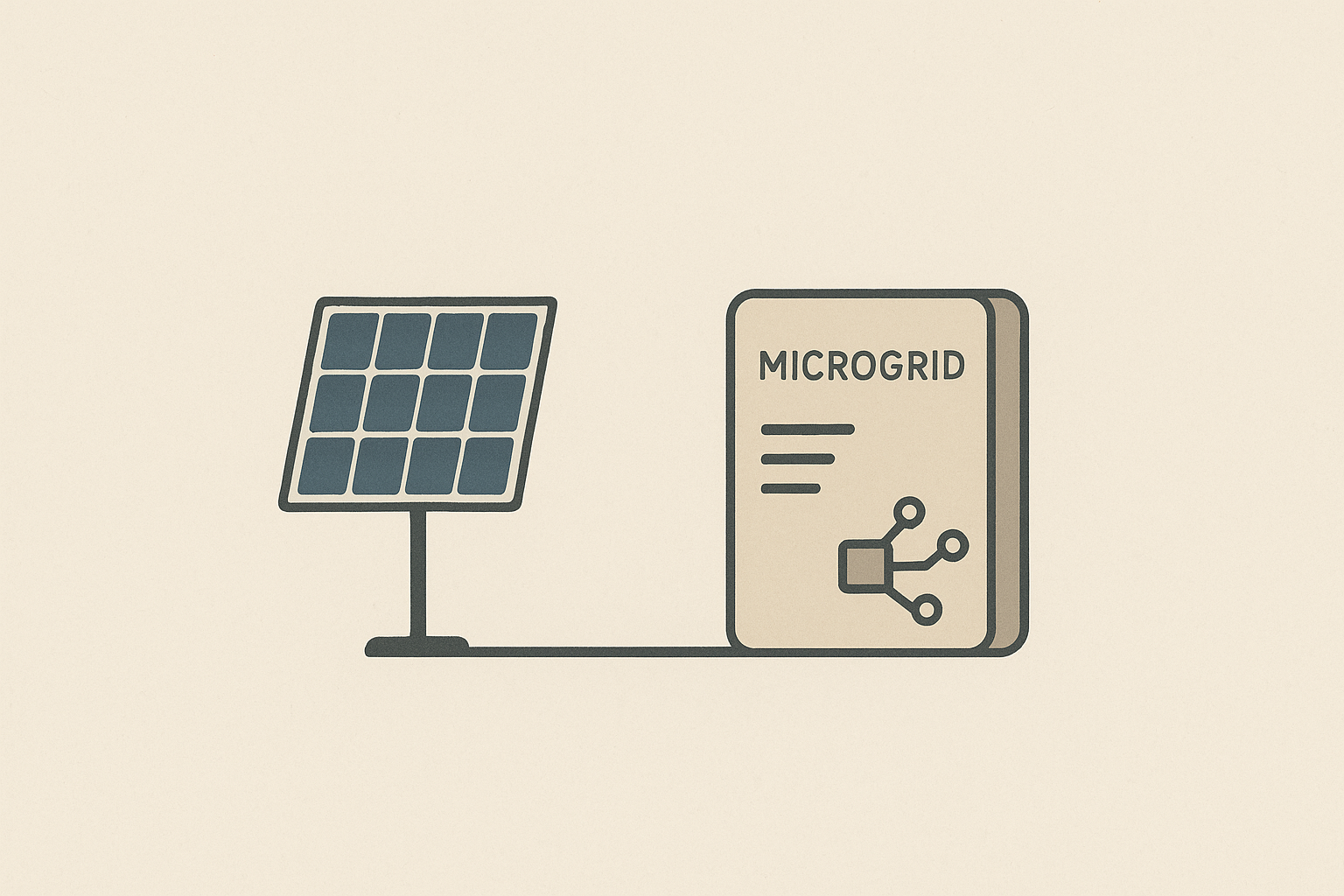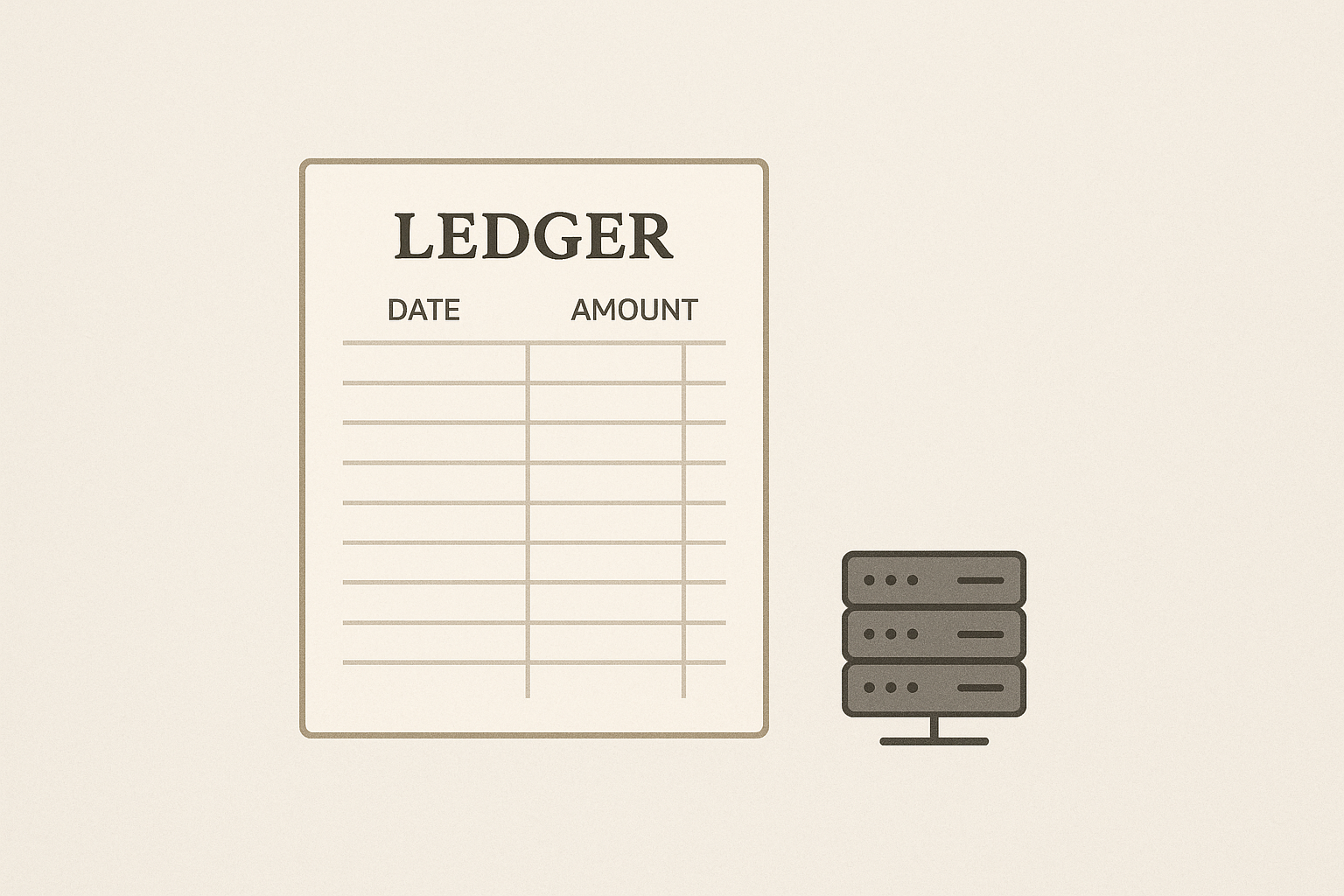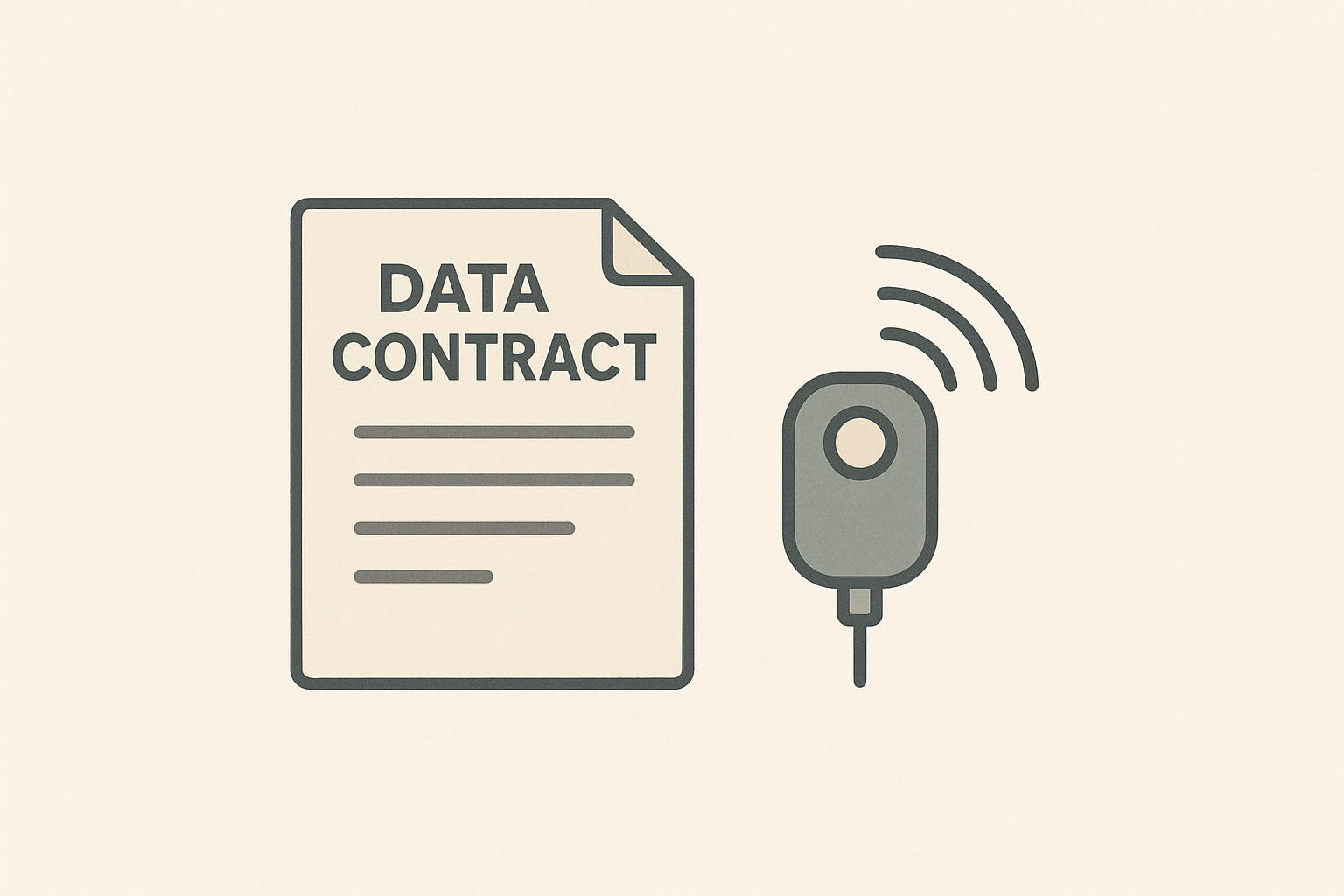Longevity-by-Design: Building Low-Power, Maintainable IoT Systems for Sustainable Agriculture
Design IoT systems for long life, low energy, and circular business models that scale with sustainable farms.

The Evergreen Challenge
Small farms and large agricultural operations both face a long-term problem, not an acute trend. They need instrumentation that lasts, consumes minimal energy, requires infrequent maintenance, and delivers consistent, actionable data over years. Many agritech pilots fail not because the sensing or models are wrong, but because devices die, connectivity costs rise, maintenance becomes impractical, or the business model is unsustainable. The lasting opportunity is to design Internet of Things systems for agriculture with longevity-by-design, combining hardware durability, ultra-low-power software patterns, edge-first intelligence, and lifecycle business models that support repair, reuse and circularity.
Did You Know? Data shows that long-term device uptime and predictable maintenance costs are the primary drivers of adoption for farm technology; device failure or battery replacement are the main reasons pilots do not scale into operational programmes.
This research briefing gives practical, future-proof solutions that work across climates, connectivity availability and farm sizes. It provides two distinct yet complementary approaches: a technical architecture for ultra-low-power, maintainable edge sensors and a lifecycle-managed business model that aligns incentives for farmers, hardware providers and financiers.
Why this matters long-term
Governments and agricultural organisations worldwide have set long-term objectives to reduce emissions and increase resilience in food systems. The UK, for example, maintains a legally binding commitment to reach net zero greenhouse gas emissions by 2050; sensor networks that reduce waste and improve farm efficiency are a durable component of that transition (gov.uk, Net Zero Strategy). To remain useful for decades, agritech systems must be designed around repairability, low-energy operation and predictable total cost of ownership.
Audience and scope
This briefing is for engineering teams, founders, product managers and operations leaders building agritech hardware and software. It covers:
- Device architecture and hardware choices for longevity and low power
- Firmware patterns and edge ML strategies
- Connectivity and data-transport trade-offs
- Operational tooling for remote updates, diagnostics and security
- Business models and financial blueprints that support hardware lifecycles
Two evergreen solutions, compared
We present two durable solutions. Each is actionable, able to run for many years without depending on transient services, and adaptable to changing farm needs.
Solution A: Edge-first, ultra-low-power sensor network
Core idea, why it lasts: Push as much processing as possible to the node, minimise radio time, use energy harvesting and sensible hardware to avoid frequent battery swaps. Design firmware for intermittent operation, OTA updates with delta patches, and graceful degradation when connectivity is poor.
Where it fits best
- Smallholder farms and remote sites where maintenance visits are expensive
- Deployments that require years of unattended operation
- Sensor types: soil moisture, ambient microclimate, pest/threshold triggers, animal tracking beacons
Step-by-step implementation
- Hardware choices and procurement
- Microcontroller: choose an ultra-low-power MCU with deep sleep support; examples include STM32L series or ARM Cortex-M0+; consider the platform's flash lifetime and OTA support.
- Radio: choose a long-range, low-power protocol such as LoRaWAN for sparse data, or BLE/Thread for very local networks; NB-IoT is viable where operator-supported and costs are acceptable.
- Power: design for primary battery life >5 years at target reporting cadence, and where possible add energy harvesting (small solar, vibration) to compensate seasonal drain.
- Sensors: select industrial-grade sensors with long mean-time-between-failures and replaceable sensor heads to reduce throwaway electronics.
- Firmware architecture
Organise firmware with these modules: device state manager, sensor driver layer, scheduler, radio stack, secure bootloader. Main principles:
- Duty-cycle aggressively; wake only for sensing, local processing and radio transmission.
- Batch radio transmissions into short sessions; use acknowledgements sparingly.
- Implement an OTA bootloader that supports delta updates and transactional swaps to avoid bricked units.
Code example: energy-efficient sensor loop
The following C code shows a typical ultra-low-power loop for an ARM Cortex-M MCU, demonstrating sleep cycles, sensor read, local processing and grouped LoRaWAN transmission. It is intentionally simple and uses placeholder functions for hardware-specific drivers. This is Ghost-compatible HTML; include it directly in your firmware repo with appropriate drivers.
<!-- begin code -->
#include "hal.h" // hardware abstraction layer
#include "lora.h"
#include "sensors.h"
#include "storage.h"
#define MEASUREMENT_INTERVAL_SECONDS 3600 // hourly default
void main(void) {
hal_init();
lora_init();
sensors_init();
storage_init();
while (1) {
// Wake, read sensors
hal_wakeup();
SensorReadings r = sensors_read_all();
// Simple local processing: compress and summarise
SensorSummary s = summarise_readings(r);
storage_append(&s); // write to flash circular buffer
// Decide whether to transmit: only once every N intervals or on event
if (should_transmit(&s)) {
uint8_t payload[32];
int len = encode_payload(&s, payload, sizeof(payload));
// Group transmissions: attempt short session then sleep
if (lora_send(payload, len, 3) == LORA_OK) {
// mark transmitted
storage_mark_transmitted();
} else {
// transmit failed; keep data in storage for retry
}
}
// Clean up and sleep for interval
hal_prepare_sleep();
hal_sleep_seconds(MEASUREMENT_INTERVAL_SECONDS);
}
}
<!-- end code -->
Edge ML pattern
Run tiny, event-detect models on-device. For example, a thresholded classifier can detect early pest signatures or frost risk and increase reporting cadence only when necessary. Use TensorFlow Lite for Microcontrollers or custom threshold models. This saves energy compared with continuous streaming to the cloud.
Connectivity and gateways
- LoRaWAN gateway strategy: use shared community gateways where possible, or a managed private gateway if the farm requires guaranteed uptime.
- Design network topologies that tolerate gateway downtime; nodes should buffer data locally and resume transmission when a gateway is available.
- For critical data, consider multi-path: local mesh to gateway plus opportunistic cellular uplinks for aggregated batches.
Operational tooling
- Remote diagnostics API: expose minimal telemetry such as battery voltage, flash wear, last boot reason for remote health checks.
- OTA strategy: deliver delta patches, sign images cryptographically, and provide a fallback image to prevent bricking.
- Security: use hardware root-of-trust if available, rotate keys, and implement rate-limited management endpoints to avoid abuse.
Solution B: Lifecycle-managed Hardware-as-a-Service (HaaS) for farms
Core idea, why it lasts: Align incentives with farmers by offering sensors and maintenance as a subscription. The provider retains responsibility for device reliability, refurbishment and recycling; this encourages durable devices and reduces waste. A lifecycle model can finance expensive, high-quality sensors while spreading costs and ensuring regular maintenance and firmware updates.
Where it fits best
- Large farms, cooperatives, or service providers who prefer operating expense over capital expense
- Deployments where sensor density or specialised equipment makes DIY maintenance impractical
Business blueprint and monetisation
Design a three-tier subscription model:
- Basic: Sensors supplied, connectivity pay-as-you-go, software dashboard access, self-service support.
- Managed: Includes scheduled maintenance visits, replacement sensors, guaranteed uptime SLAs, priority support.
- Full Service: Data analytics, agronomic advisory, integration with farm management systems, financing for large capital items.
Financial model example
Evergreen financials should include total cost of ownership (TCO) across 5 years, expected hardware lifetime, refurbishment recovery rate and churn assumptions. An illustrative, simple model:
- Unit hardware cost: £80
- Expected deployed lifetime: 5 years
- Refurbishment recovery: 40% of hardware cost recovered over lifetime through refurbishment/resale
- Subscription price: £8 per device per month for managed tier
- Monthly churn: 2%
Gross revenue per device over 5 years: £8 * 60 = £480. Net hardware amortised after refurbishment: £80 * (1 - 0.4) = £48. Allow for servicing, connectivity, analytics costs and margin; the model is resilient because hardware is built to be serviceable and explicitly planned for refurbishment.
Pro Tip: Structure contracts to cover the cost of replacement batteries or energy-harvesting refurbishments as part of the managed service, not as surprise capital calls to the farmer.
Operational steps to run HaaS
- Inventory and asset tracking: assign unique IDs and maintain cloud-backed lifecycle records including firmware, repair history and sensor calibration dates.
- Service network: build a local technician network with standardised repair kits and modular replacement parts to reduce mean time to repair.
- Reverse logistics: provide simple return pathways for failed units, with incentives to return rather than abandon equipment in the field.
- Data ownership and portability: ensure farmers can export raw data and move to a competitor service; lock-in destroys long-term value and trust.
Implementation integration: technical meets commercial
Combine Solution A and B. Use ultra-low-power hardware and make it serviceable. Offer it under a HaaS contract with clear SLAs for battery replacement and firmware maintenance. This approach reduces barriers to adoption by removing the farmer's risk while preserving the durability advantages of good engineering.
Operational playbook
- Prototype with a 6-month pilot: aim to exceed target battery life in real conditions before wider deployment.
- Instrument maintenance costs carefully; track technician time per device and spare parts costs with tags in your asset system.
- Plan for open repair documentation and training for local technicians; long-term viability depends on local capability.
Q&A: Q: Should you design custom hardware or use an off-the-shelf board? A: Prioritise components' longevity and repairability over initial BOM cost. Custom boards are fine if you design for modular replacement of failing parts and maintain a supply of spare modules.
Security and data governance for longevity
Secure long-term operation by thinking beyond initial provisioning. Devices that remain in the field for years must have updatable crypto, monitored key expiry and a secure decommissioning process. Ensure data governance allows farmers to control access and export data for audit or portability.
Checklist for secure, long-lived devices
- Hardware root-of-trust where possible
- Signed firmware updates and rollback protection
- Encrypted data at rest and in transit
- Key rotation and secure key provisioning
- Procedures for secure decommissioning and data deletion
Deploying field analytics and edge intelligence
Edge intelligence reduces transmissions by filtering events and compressing summaries. Typical patterns that remain relevant:
- Event-triggered telemetry: transmit only on thresholds or anomalies
- Federated learning for improvement of local models while keeping raw data local
- Periodic aggregated summaries for central analytics
These patterns reduce operating costs and emissions from data transfers, and they remain valid regardless of cloud vendor changes.
Measuring sustainability impacts
Quantify benefits with consistent metrics: device-years deployed, energy-per-measurement, maintenance visits per 100 device-years, and net yield or input reductions enabled by the system. If you measure carbon impact, make sure the accounting method is durable and auditable; link technical energy measurements to financial models and the HaaS amortisation schedule. For more on software and operational carbon accounting, see Operational Carbon Accounting for Software: A Practical Framework for Developers and Founders.
Risk management and common failure modes
Common long-term risks and how to mitigate them:
- Battery degradation: design for easy replacement and/or energy harvesting to reduce swaps.
- Connectivity vendor changes: avoid single-vendor lock-in by supporting multiple uplink options and local gateways.
- Firmware rot: maintain a minimal, well-documented codebase with CI for hardware tests; automate flash tests and burn-in.
- Supply chain fragility: choose components with long production windows and maintain minimal second-source parts.
Warning: Don’t rely on short-term cost savings that increase maintenance frequency. Cheaper components that fail increase lifetime environmental and financial costs.
Case example: 5-year deployment blueprint
Hypothetical deployment for a 500-hectare mixed farm:
- Sensor density: 150 environmental nodes, 30 gateway nodes
- Connectivity: private LoRaWAN gateway with cellular backhaul
- Service model: Managed HaaS at £8 per sensor per month
- Operational plan: quarterly site visits for gateways, annual technician sweep for sensors
Expected outcomes over 5 years: reduced water use by targeted irrigation control, reduced fertiliser use through precision application, and continuous remote monitoring enabling earlier interventions. Hardware is refurbished and redeployed for 40% of units after year 3, reducing net new hardware needs.
Developer and ops reference: CI/CD for device firmware
Implement a CI pipeline that includes the following checks to ensure longevity:
- Unit tests and hardware-in-the-loop tests for critical drivers
- Flash-wear simulation to estimate write cycles and optimise storage layouts
- OTA image signing and validation tests
- Integration test with simulated network outages and battery voltage sag
<!-- example: simple CI step to build and sign firmware -->
# CI build script pseudocode
set -e
make BOARD=stm32l4 all
./tools/generate_delta.sh build/old.bin build/new.bin -o delta.bin
./tools/sign_image.py delta.bin --key ci_signing_key.pem -o signed_delta.bin
# upload artifact for OTA distribution
ci_upload signed_delta.bin --channel staged
Regulatory and sustainability reporting
Design reporting that supports regulatory compliance and farm certification schemes. Provide exportable CSVs and standardised APIs for proof of input reductions and energy saved. Data portability ensures farmers retain control and supports long-term trust.
Evangelism and farmer adoption
Adoption is as much cultural as technical. Practical adoption steps that work over years:
- Train local champions and technicians rather than centralising all support
- Offer clear ROI case studies with conservative assumptions; include maintenance costs
- Design simple user interfaces that show clear actions, not raw telemetry
End-of-life and circularity
Plan for repair, refurbishment and responsible recycling. Keep modular spare parts that technicians can swap in the field. Record lifecycle data and issue credits for returned units. This lowers the environmental footprint and supports the HaaS economics.
Pro Tip: Label all replacement parts with QR codes linking to repair instructions and a parts ordering portal to speed field repairs and reduce downtime.
Evaluation metrics and KPIs
Measure and track these durable KPIs:
- Device-years in service
- Mean time between failures (MTBF)
- Average energy-per-sample
- Maintenance visits per 100 device-years
- Percentage of devices refurbished and redeployed
Conclusion, quickly actionable
Designing IoT systems for sustainable agriculture requires thinking in decades, not quarters. Build hardware that is serviceable, firmware that minimises energy and supports safe OTA updates, and business models that align incentives for repair and reuse. Combining edge-first engineering with lifecycle-managed HaaS creates durable value for farmers, reduces waste and enables reliable long-term data for better agricultural decisions.
Did You Know? Designing a device for repair and refurbishment can often reduce lifecycle environmental impact more than marginal improvements in energy efficiency.
Evening Actionables
- Run a 6-month field battery life test with your target reporting cadence, record battery voltage curves and environmental conditions.
- Create a minimal OTA pipeline: build, sign and staged rollout to a test cohort of 10 devices.
- Draft a 3-tier HaaS offering and model 5-year TCO including refurbishment recovery; test pricing with 3 pilot customers.
- Implement remote diagnostics telemetry: battery voltage, last boot reason, flash free space, and last successful transmission.
- Publish repair guides and parts lists for your device QR-coded on the enclosure.





Comments ()